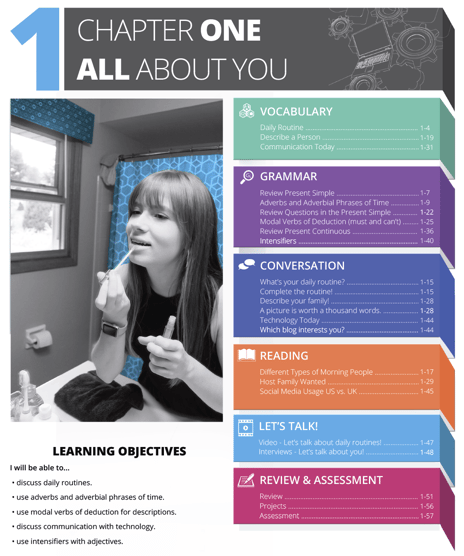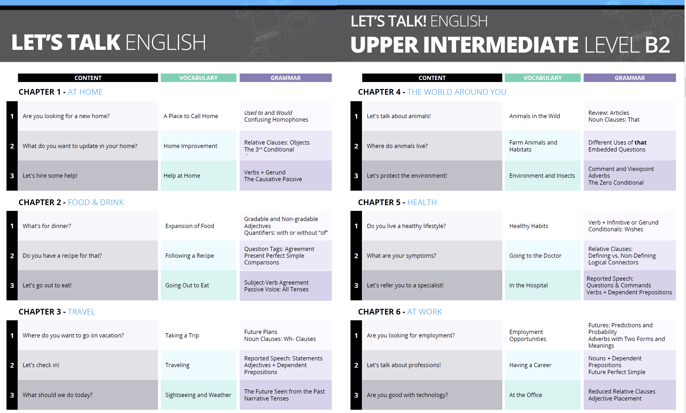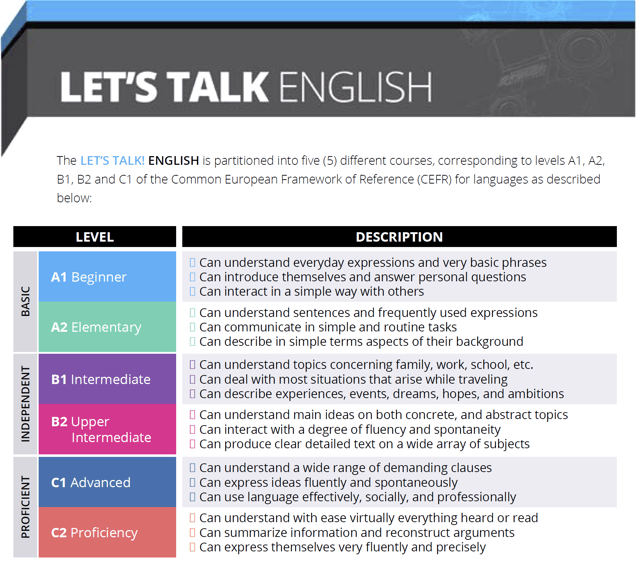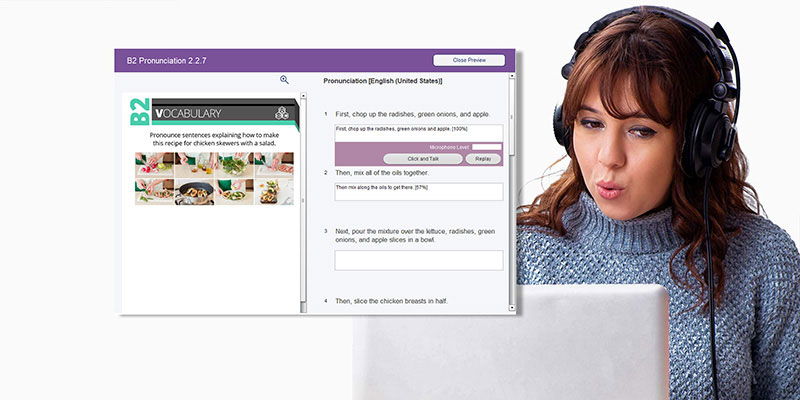CEFR Language Levels
There is a lot of confusion out there about the CEFR language levels and what they mean. Especially here in America, people aren’t very familiar with those levels, while everyone in Europe probably understands that you are pretty good in English when you are at a B1 level. So, let's take a closer look at what each of these levels means and where you can find language learning/teaching materials based on the CEFR.
The two words we encounter often are "standard" and "curriculum." First off, we need to understand the difference.
Educational standards are learning goals of what students should know and be able to do at each grade level.
However, these standards are NOT a curriculum. The standards only define the learning goals, the WHAT a student should know at a certain level.

A curriculum, on the other hand, is developed by teachers/schools/teams and lays out how teachers are ensuring that students learn the material.
So now that we know the difference, let’s dive deeper into the CEFR.
CEFR stands for “Common European Framework of Reference for Languages: Learning, Teaching, Assessment.” It was developed by the Council of Europe between 1989 and 1996 to provide a method for learning, teaching, and assessing all languages across Europe. It's now also used in many other countries all over the world.

The CEFR lays out three main proficiency levels for students:
A-level: This level describes the basic learner and user of a language.
B-level: These are independent users of a language.
C-level: Advanced learners are in C-level courses.
Each level is divided into 2 sub-levels (A1/A2, B1/B2, C1/C2) and “Can-Do” statements simplify assessment for teachers and learners alike.
Just like standards, the "Can-Do" statements simply explain WHAT a student has to know and be able to do to get to the next level. It's up to teachers and institutions to lay out the HOW (curriculum).
A "Can-Do" statement is helpful for both students and teachers to evaluate where a student is at in his/her learning process. For each level (beginner through proficiency), there are statements for each skill (reading, writing, listening, speaking) that a student has to master in order to move on. These statements are similar to standards but also very important for the student's self-evaluation and reflection.
If you are looking for language learning/teaching materials that are already based on the CEFR, we have a complete A1-C level English textbook series called "Let's Talk! English" and supplemental German and Spanish series for listening and speaking. Our textbooks come with an online teaching platform where each activity is already created for students and ready to be assigned by the teacher. About 50% of all activities are automatically graded, which leaves you plenty of time to grade the many speaking activities that encourage your students to use the target language naturally.




